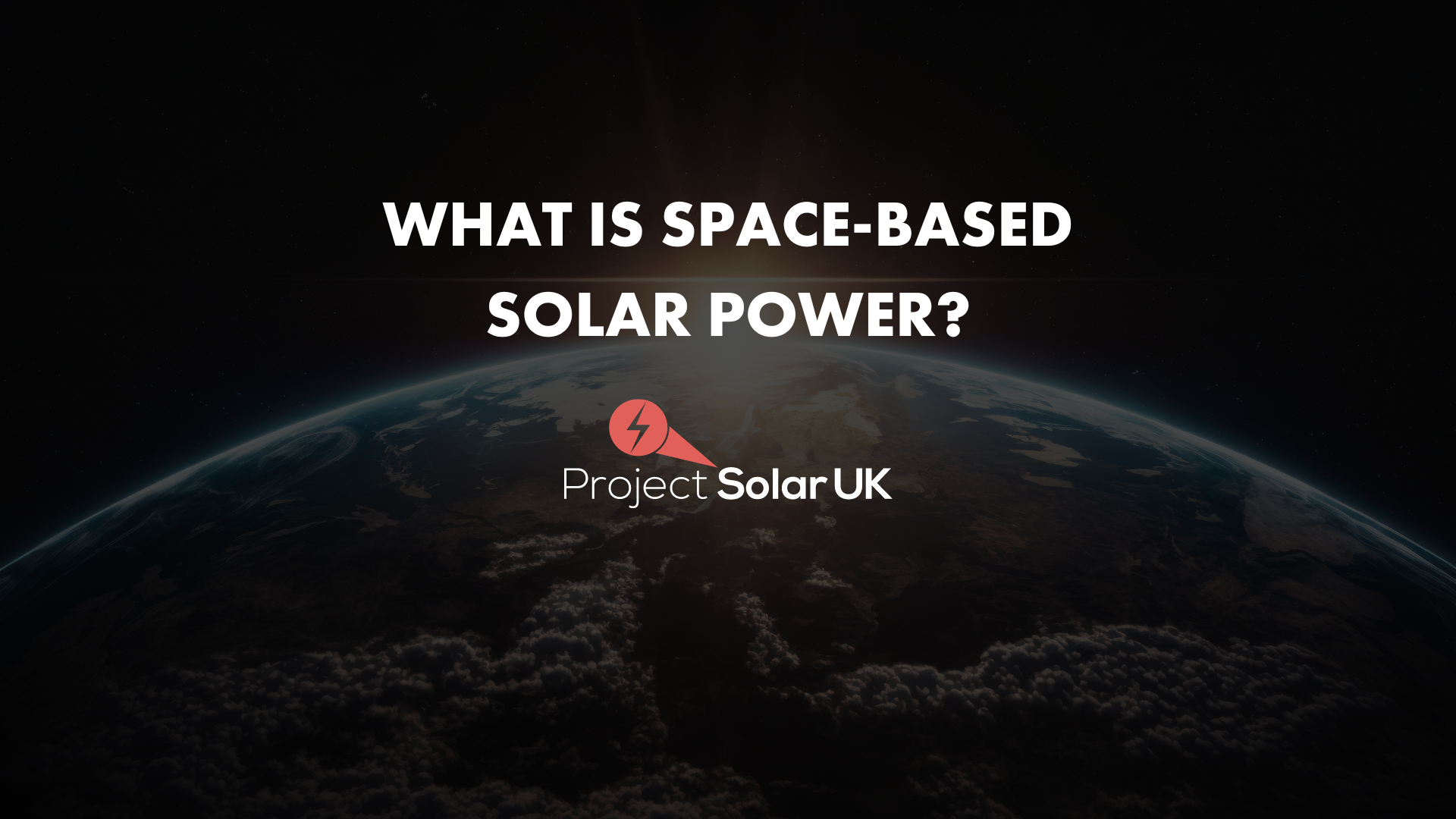Space-based solar power (SBSP) represents a groundbreaking leap forward in renewable energy technology. Harnessing the Sun's energy from space, far removed from Earth's atmosphere and its ever-changing weather patterns, SBSP offers the tantalizing prospect of an almost uninterrupted energy source. As we strive toward a more sustainable future, understanding this innovative technology becomes increasingly vital. At its core, SBSP aims to capture the boundless solar radiation available in space. Unlike terrestrial solar panels, which contend with atmospheric scattering and absorption, space-based panels operate in pristine conditions. This allows them to absorb sunlight with unparalleled intensity and efficiency. The fundamental idea behind SBSP is to leverage the unending solar energy streaming from the Sun. Solar panels positioned in space receive concentrated sunlight, maximizing their output. These panels are mounted on satellites that maintain a stable geostationary orbit above Earth. This positioning ensures the satellites always face the Sun, allowing them to gather solar energy around the clock, every single day. After the solar energy is captured, it needs to be converted into a format that can be transmitted back to Earth. The two primary methods involve converting the energy into either microwave or laser beams. One of the standout advantages of SBSP lies in its ability to provide continuous energy supply. Unlike ground-based solar farms, which are hampered by nightfall and inclement weather, SBSP systems can operate non-stop. This makes them ideal for addressing our planet's growing energy demands. Despite its promise, SBSP faces several hurdles before it can become a mainstream energy solution. One major obstacle is the cost and complexity of launching materials into space. Transporting large-scale solar panel systems requires immense investment and advanced logistics, not to mention the technical challenges of protecting sensitive equipment during launches. In 2024, SBSP remains largely in the research and development phase. While the concept is theoretically sound, it will take significant technological breakthroughs to bring it to fruition. Innovations in space travel, energy transmission, and infrastructure development will be key to realizing its full potential. As scientists race to make SBSP a reality, there are still ways to contribute to a greener future right here on Earth. Installing solar panels at home or in your business is a meaningful step toward reducing reliance on fossil fuels. If you’re interested in learning more about how you can get involved, reach out to us today. Optical Store Fixtures/Furniture optical shop fittings,optical store displays,optical shop displays,optical shop furniture,optical shop cabinets Optical Shop Solution Provider , https://www.cwjdisplay.com
What Exactly Is SBSP?
How Does Space-Based Solar Power Work?
Why Should We Care About SBSP?
Challenges Ahead
Is SBSP the Future of Global Energy?
Join the Solar Revolution!